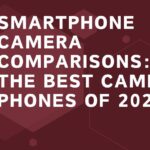
Exploring 5G Capabilities: iPhone 12 Pro vs. Samsung Galaxy S21 – Is It Worth the Upgrade?
Introducing 5G Capabilities: iPhone 12 Pro vs. Samsung Galaxy S21
With 5G networks rapidly expanding, mobile users are increasingly drawn to smartphones with 5G capabilities, promising faster download speeds, improved streaming, and seamless connectivity. Among the most popular 5G-enabled models are Apple’s iPhone 12 Pro and Samsung’s Galaxy S21. But how do they really compare in harnessing 5G power, and is it worth the investment? This article dives into an in-depth comparison, covering 5G performance, design, display quality, battery life, processing power, and unique features.
5G Performance and Compatibility
iPhone 12 Pro: Apple has carefully optimized the iPhone 12 Pro for 5G networks, supporting both sub-6 GHz and mmWave frequencies. This means users can experience broad 5G coverage on low bands (for cities and rural areas) and ultra-fast speeds in select urban locations where mmWave is available. Real-world tests show iPhone 12 Pro users in mmWave zones hitting download speeds upwards of 1 Gbps. However, due to the limited availability of mmWave, most users will experience more modest speeds.
Samsung Galaxy S21: The Galaxy S21 also supports both sub-6 GHz and mmWave 5G, ensuring comprehensive coverage and high-speed performance where available. Samsung’s optimization for 5G, combined with its customizable network settings, allows users to toggle between LTE and 5G, which can help conserve battery life. Samsung has also collaborated with several carriers globally, expanding its compatibility with more network bands, which could make it an appealing option for frequent travelers.
Conclusion on 5G Performance: While both devices excel in 5G performance, Samsung’s more adaptive settings and expanded band compatibility may give it an edge for users who prioritize network customization and broader compatibility across regions.
Display Quality and Viewing Experience
iPhone 12 Pro: Equipped with a 6.1-inch Super Retina XDR OLED display, the iPhone 12 Pro delivers stunning color accuracy, high brightness, and a contrast ratio that enhances visibility in bright conditions. The Ceramic Shield technology adds durability, while True Tone adjusts the display based on ambient light, making it easier on the eyes. Apple’s choice to stick with a 60 Hz refresh rate, however, may disappoint users who are accustomed to smoother animations and scrolling.
Galaxy S21: Samsung’s Galaxy S21 offers a 6.2-inch Dynamic AMOLED 2X display with a higher refresh rate of 120 Hz, which makes it ideal for gaming and smooth navigation. With HDR10+ support and peak brightness reaching up to 1300 nits, the S21 provides vibrant visuals and sharp contrast even under direct sunlight. However, some users report that at the maximum refresh rate, battery life is impacted, especially during heavy usage with 5G active.
Display Verdict: While both displays are excellent, the Galaxy S21’s higher refresh rate may appeal to users who want smoother scrolling and a more immersive viewing experience.
Processing Power and Performance
iPhone 12 Pro: Powered by Apple’s A14 Bionic chip with a 5-nanometer process, the iPhone 12 Pro boasts significant improvements in both speed and efficiency. Whether it’s high-performance gaming, multi-tasking, or running heavy apps, the A14 Bionic chip ensures smooth and rapid performance with low power consumption.
Galaxy S21: Samsung’s Galaxy S21 utilizes the Snapdragon 888 (in regions like the US) or Exynos 2100 (in other regions), both high-end processors that deliver impressive speeds and are optimized for 5G. The S21 handles multitasking and resource-intensive apps with ease, and its enhanced AI capabilities are tailored for photography and gaming experiences.
Performance Verdict: Both processors are extremely capable, though iPhone’s A14 Bionic might offer a slight edge in terms of efficiency and energy conservation.
Battery Life and Charging Options
iPhone 12 Pro: Apple’s iPhone 12 Pro has a 2,815 mAh battery. While this may seem lower than other models, Apple’s hardware-software integration optimizes battery usage. The device also supports MagSafe wireless charging, which allows for a secure and efficient charging connection. On a full charge, users can expect a full day of moderate use, though continuous 5G usage could drain the battery faster.
Galaxy S21: The Galaxy S21 comes with a larger 4,000 mAh battery, offering better longevity, particularly when 5G is actively used. Samsung also provides various power-saving modes, allowing users to manage power consumption more effectively. The Galaxy S21 supports 25W wired charging and 15W wireless charging, offering flexibility in how users recharge.
Battery Verdict: The Galaxy S21 has an edge in battery life, particularly for users who utilize 5G heavily. However, Apple’s ecosystem offers optimized performance that can stretch the iPhone 12 Pro’s battery effectively for lighter users.
Camera Capabilities and Image Quality
iPhone 12 Pro: Apple’s iPhone 12 Pro features a triple-lens system with 12 MP wide, ultra-wide, and telephoto lenses. Its Night Mode is available on all lenses, enabling clear and bright images even in low-light conditions. The iPhone 12 Pro also boasts a LiDAR scanner for improved depth sensing, allowing for quicker autofocus in dim settings and enhanced AR experiences. Its ProRAW mode provides photographers greater control over editing, making it a preferred choice for professionals and enthusiasts.
Galaxy S21: Samsung’s Galaxy S21 also includes a triple-lens system with a 12 MP wide, 12 MP ultra-wide, and 64 MP telephoto lens. With Samsung’s image processing and AI enhancements, the Galaxy S21 captures sharp, vibrant images in various conditions. The Single Take feature allows users to capture multiple styles with one shot, while the Space Zoom function provides 30x digital zoom, though quality decreases at higher zoom levels.
Camera Verdict: Both devices perform well in photography, but the iPhone 12 Pro’s LiDAR scanner and ProRAW capabilities may make it more appealing for users who value depth control and professional-grade edits.
User Experience and Ecosystem
iPhone 12 Pro: Part of the Apple ecosystem, the iPhone 12 Pro seamlessly integrates with other Apple devices, allowing for features like AirDrop, Continuity, and Apple’s secure App Store. Users in the Apple ecosystem may find it challenging to switch due to the convenience of interconnected services.
Galaxy S21: Samsung’s Galaxy S21 runs on Android and integrates with Samsung’s broader ecosystem, including Samsung Galaxy Buds, Galaxy Watch, and SmartThings for home connectivity. Samsung’s One UI allows for extensive customization and a smooth user interface, providing greater flexibility for users who prioritize personalization.
User Experience Verdict: Apple’s ecosystem offers a polished and secure experience, while Samsung’s Android-based system allows for greater customization and flexibility.
Conclusion
Choosing between the iPhone 12 Pro and the Samsung Galaxy S21 ultimately comes down to individual needs and preferences. The iPhone 12 Pro excels in its camera, seamless ecosystem, and hardware efficiency, making it ideal for those invested in Apple’s ecosystem. On the other hand, the Galaxy S21’s 120 Hz display, battery life, and flexible Android interface cater to users who value customizability and extended battery performance with 5G. Both are outstanding devices, but the right choice will depend on how you plan to use your smartphone day-to-day.

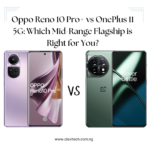
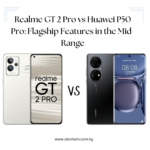
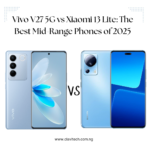
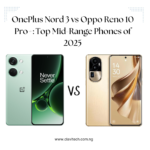
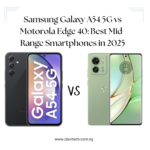
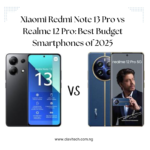
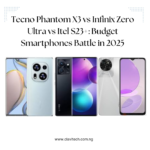
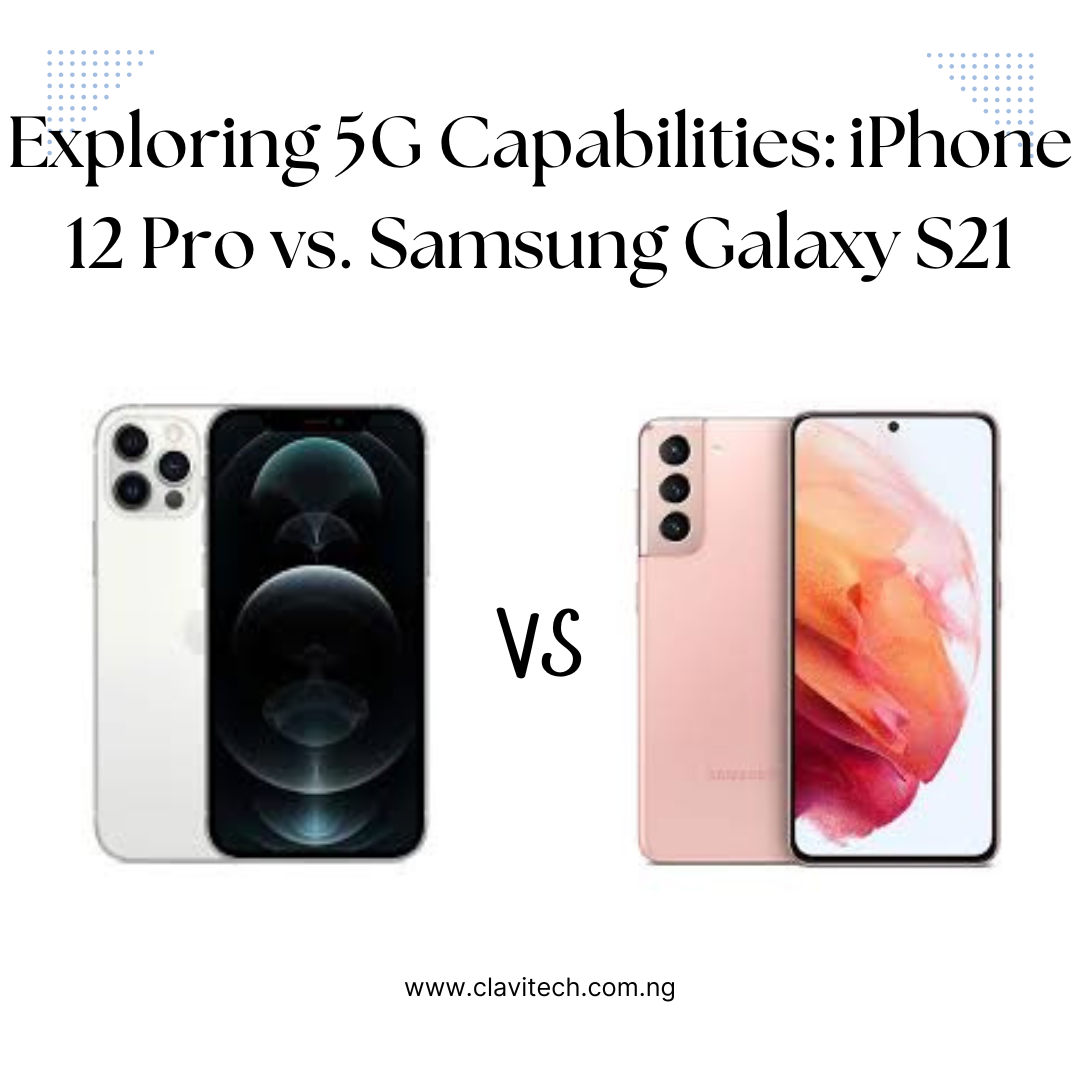
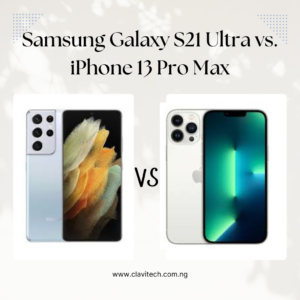
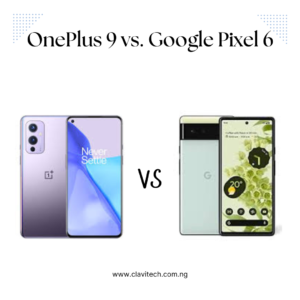
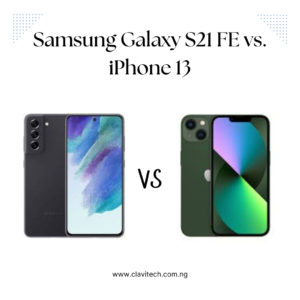
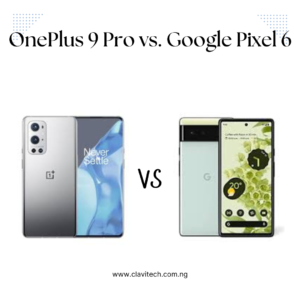
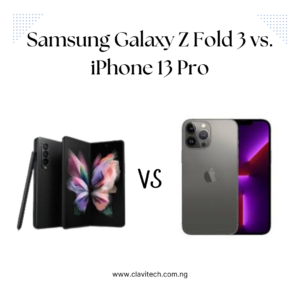
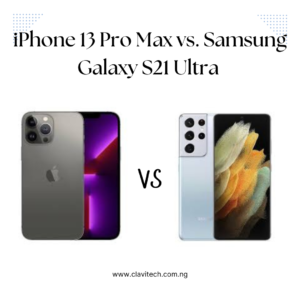
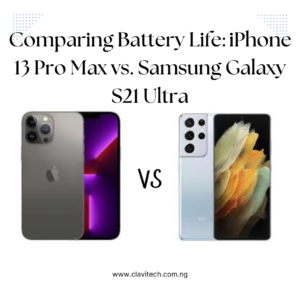
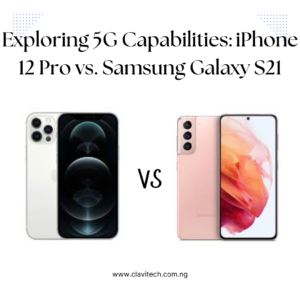
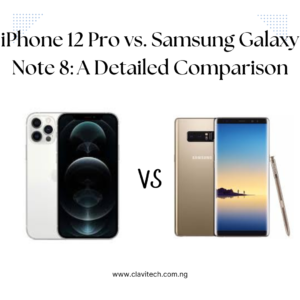
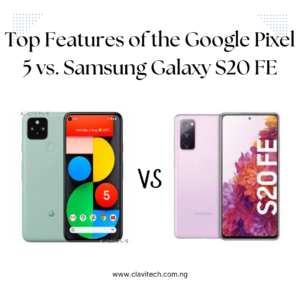
Post Comment